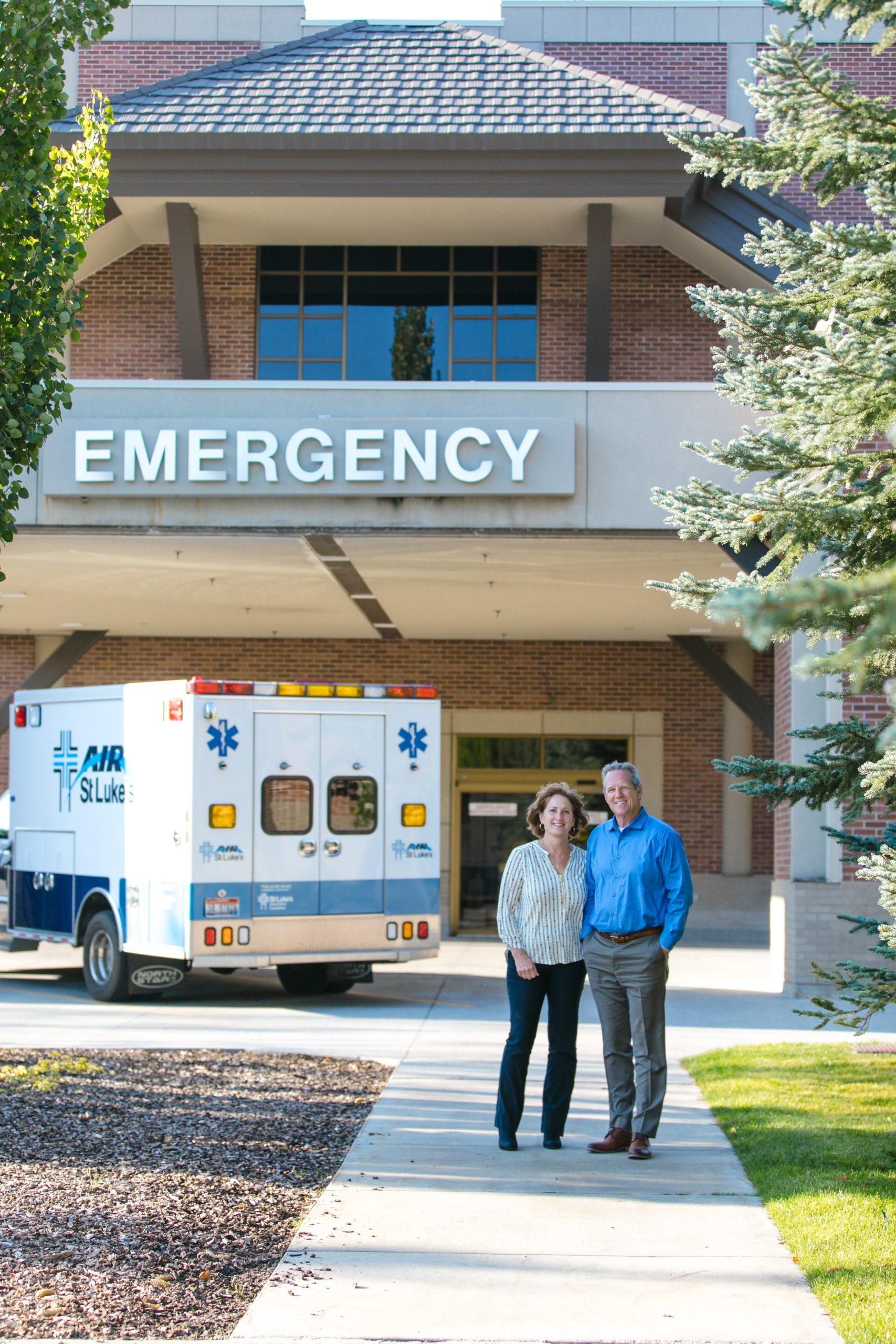Ultralight backpacking is all about minimizing weight without sacrificing comfort or safety. This philosophy allows you to hike farther, faster, and with greater ease, opening up a world of adventure. This comprehensive guide will delve into the essential gear you need to embark on your ultralight backpacking journey, focusing on choosing the right equipment and packing strategies.

The Philosophy of Ultralight Backpacking
Before we dive into specific gear, it’s crucial to understand the core principles of ultralight backpacking. It’s not just about shaving ounces; it’s about a holistic approach to minimizing your pack weight through careful gear selection and efficient packing techniques. Every ounce counts, and reducing weight significantly impacts your overall backpacking experience. The benefits extend beyond physical comfort; lighter packs mean less strain on your body, allowing you to enjoy the journey more fully.
This approach isn’t about sacrificing quality or safety. Instead, it’s about making informed choices about your gear, opting for high-performance, lightweight materials while prioritizing durability and functionality. The goal is to find the sweet spot between weight reduction and reliability.

Essential Gear Categories for Ultralight Backpacking
We’ll break down the essential gear into categories, highlighting key considerations for each:

1. The Big Three: Backpack, Tent, and Sleeping Bag
These three items constitute the bulk of your pack weight, so selecting lightweight options is paramount.

Backpack:
* Capacity: Choose a pack size appropriate for your trip length and the amount of gear you’ll carry. Many ultralight backpackers favor packs in the 40-60 liter range.
- Weight: Look for packs weighing under 3 pounds. Materials like Dyneema Composite Fabric (DCF) or lightweight nylon are popular choices for their strength-to-weight ratio.
- Features: Essential features include adjustable torso length, hip belt pockets, and trekking pole attachments. Avoid unnecessary features that add weight.
- Examples: [Link to a reputable ultralight backpack retailer or specific model]
- Capacity: Choose a tent that comfortably fits you and any companions.
- Features: Consider features like a footprint (for groundsheet protection) and a vestibule (for gear storage).
- Examples: [Link to a reputable ultralight tent retailer or specific model]
- Temperature Rating: Select a sleeping bag with a temperature rating appropriate for the conditions you’ll encounter.
- Compression: Choose a sleeping bag that compresses easily to minimize pack space.
- Examples: [Link to a reputable ultralight sleeping bag retailer or specific model]
- Base Layers: Moisture-wicking materials like merino wool or synthetic fabrics are ideal.
- Mid Layers: Fleece or lightweight down jackets provide insulation.
- Outer Layer: A waterproof and windproof jacket is essential.
- Pants: Lightweight, quick-drying hiking pants or convertible pants are recommended.
- Socks: Merino wool socks are excellent for managing moisture and preventing blisters.
- Stove: Lightweight alcohol stoves or canister stoves are popular choices. Consider the fuel type’s availability and weight.
- Cookware: A lightweight pot and bowl are sufficient for most ultralight backpacking trips. Titanium is a popular choice for its strength and lightness.
- Utensils: A lightweight spork or spoon is all you need.
- Food: Choose lightweight, non-perishable foods that are high in calories and nutrients. Dehydrated meals are a convenient option.
- GPS Device or Smartphone: A backup navigation tool. Ensure your device is charged.
- Headlamp or Flashlight: Essential for navigating in the dark.
- First-aid Kit: A comprehensive kit containing essential supplies for treating minor injuries.
- Knife or Multi-tool: Useful for various tasks.
- Fire Starter: A reliable method for starting a fire in an emergency.
- Whistle: A signaling device to attract attention in case of emergency.
- Sunscreen and Insect Repellent: Essential for protection from the elements.
- Water Filter or Purifier: Essential for safe drinking water.
- Water Bottles or Hydration Reservoir: Choose lightweight options.
- Toiletries: Pack only the essentials in travel-sized containers.
- Repair Kit: Include essential repair items for your gear.
- Dry Bags: Protect your gear from moisture.
- Organize your gear: Group similar items together.
- Use compression sacks: Reduce the volume of your gear.
- Pack heavier items closer to your back: Improves balance and stability.
- Keep frequently accessed items easily accessible: This includes your water bottle, sunscreen, and first-aid kit.
- Leave unnecessary items at home: Be ruthless in evaluating the necessity of each item.

Tent:
* Weight: Aim for a tent weighing under 2 pounds. Single-wall tents are generally lighter than double-wall designs, but they can be less durable and offer less condensation control.

Sleeping Bag:
* Weight: Lightweight down or synthetic fill sleeping bags are popular choices. Down is warmer for its weight, but synthetic fill is more resistant to moisture.

2. Clothing: Layering is Key
The key to ultralight clothing is layering. This allows you to adapt to changing weather conditions without carrying excessive clothing.

3. Cooking System: Minimalist Approach
Ultralight cooking systems prioritize efficiency and weight reduction.

4. Navigation and Safety: Be Prepared
* Map and Compass: Essential for navigation, even with GPS devices. Learn how to use them properly.

5. Other Essential Gear:
* Trekking Poles: These significantly reduce strain on your knees and improve stability.

Packing Strategies for Ultralight Backpacking
Efficient packing is crucial for ultralight backpacking. Here are some tips:
Conclusion: Embrace the Ultralight Lifestyle
Ultralight backpacking is a rewarding experience that allows you to connect with nature on a deeper level. By carefully selecting your gear and employing efficient packing strategies, you can significantly reduce your pack weight, enhancing your comfort, speed, and overall enjoyment of the trail. Remember, it’s a journey of continuous learning and refinement; as you gain experience, you’ll learn to fine-tune your gear and packing techniques to achieve optimal performance. Start planning your next ultralight adventure today! [Link to a relevant blog post or resource about planning backpacking trips]